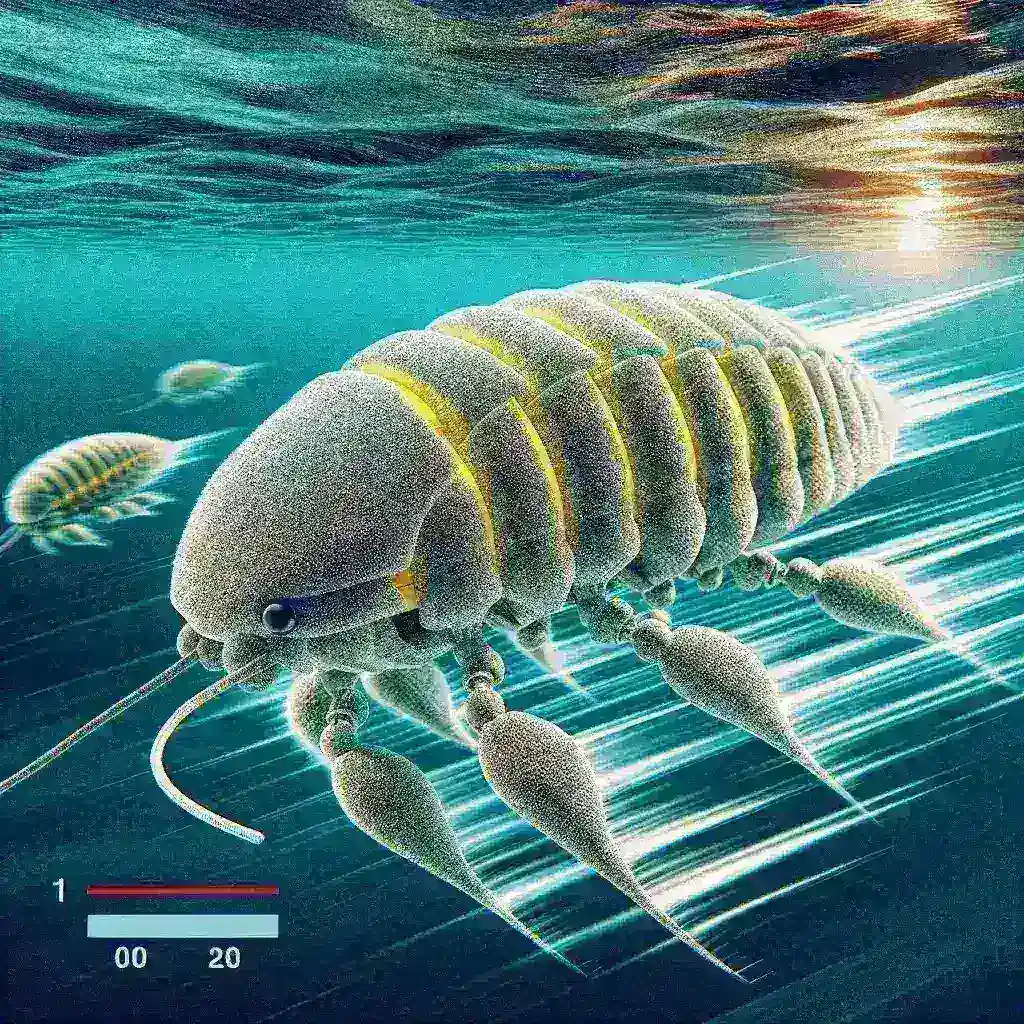Soft Robot Copepods Enabling Fast Aquatic Movement
Introduction to Soft Robot Copepods
In recent years, the field of robotics has made significant strides, particularly in the development of soft robotics. This branch of robotics focuses on creating machines that mimic the flexibility and adaptability of biological organisms. One fascinating area of research is the development of soft robot copepods, which are inspired by the natural movement of copepods, tiny crustaceans known for their exceptional swimming capabilities. These soft robots are paving the way for advancements in various applications, particularly in aquatic environments.
The Biology of Copepods
Copepods are remarkable creatures that inhabit oceans, freshwater bodies, and even some terrestrial environments. They play a vital role in aquatic ecosystems as a key food source for fish and other marine animals. Their swimming abilities, characterized by rapid bursts of movement and precise maneuverability, are facilitated by their unique anatomy. Copepods utilize a combination of their antennae and body flexion to achieve impressive speeds and agility in water.
Understanding the Mechanics
The swimming mechanism of copepods involves a complex interplay of hydrodynamics and biomechanics. When a copepod swims, it uses its antennae in a rapid, coordinated fashion, generating vortices that propel it forward. This remarkable ability has inspired engineers and researchers to replicate these movements in soft robots. By creating soft robots that mimic the anatomy and movement patterns of copepods, scientists aim to harness their efficiency for various purposes.
Design and Functionality of Soft Robot Copepods
Soft robot copepods are designed using flexible materials that enable them to bend and flex just like their biological counterparts. These robots typically feature a soft body that can change shape and direction effortlessly, allowing for rapid movement through water. Equipped with sensors and actuators, they can perceive their surroundings and respond to stimuli in real time.
Key Components
- Soft Materials: The use of silicone and other flexible materials allows the robot to deform and adapt to its environment.
- Actuators: Soft robots employ various types of actuators, such as pneumatic or hydraulic systems, to facilitate movement.
- Sensors: Integrated sensors help the robots navigate and detect obstacles, enabling autonomous movement.
- Control Systems: Advanced control algorithms manage the intricate movements of the robot, ensuring efficient propulsion and steering.
Applications of Soft Robot Copepods
The potential applications for soft robot copepods are vast and varied, extending beyond mere scientific curiosity. Here are some promising areas where these innovations could have a significant impact:
1. Environmental Monitoring
Soft robot copepods can be employed in environmental monitoring, where they can navigate through complex aquatic environments, collecting data on water quality, temperature, and other ecological parameters. Their ability to move swiftly and silently makes them ideal for studying marine ecosystems without disturbing wildlife.
2. Search and Rescue Operations
In the event of a maritime accident or underwater disaster, soft robot copepods could assist in search and rescue operations. Their agility allows them to maneuver through debris and tight spaces, potentially locating and assisting stranded individuals.
3. Aquaculture
The aquaculture industry could benefit from the integration of soft robot copepods. These robots can monitor fish health, feed distribution, and environmental conditions in fish farms, leading to more efficient and sustainable practices.
4. Underwater Exploration
Soft robot copepods could be instrumental in underwater exploration missions, providing scientists with valuable data about previously inaccessible areas of the ocean, including deep-sea habitats.
5. Biomechanical Research
Researchers studying biomechanics can utilize soft robot copepods to understand the principles of locomotion and fluid dynamics. These insights could also contribute to the development of advanced prosthetics and other robotic systems.
Challenges in Development
Despite the promising applications of soft robot copepods, several challenges remain in their development:
1. Durability
Soft materials, while flexible, may not be as durable as traditional rigid materials. Researchers are exploring ways to enhance the longevity of these robots while maintaining their flexibility.
2. Energy Efficiency
Powering soft robots underwater poses significant challenges. Developing efficient energy storage systems and propulsion mechanisms is crucial for extending operational time.
3. Control Complexity
Controlling the intricate movements of soft robots can be complex. Researchers are working on advanced algorithms and machine learning techniques to improve control and adaptability.
Future Directions
As research progresses, the future of soft robot copepods looks promising. Here are some potential directions for development:
1. Enhanced Autonomy
Future iterations of soft robot copepods may feature improved autonomous navigation capabilities, allowing them to operate independently in dynamic environments.
2. Hybrid Robotics
Combining soft robotics with traditional rigid systems could lead to hybrid designs that leverage the strengths of both approaches, enhancing functionality and versatility.
3. Collaborative Swarms
The concept of swarm robotics, where multiple robots work collaboratively, could be applied to soft robot copepods. This approach could enhance data collection and task execution in various applications.
Conclusion
The development of soft robot copepods represents a significant advancement in the field of robotics, particularly in aquatic environments. As these robots continue to evolve, their potential applications could reshape industries ranging from environmental monitoring to aquaculture. With ongoing research and innovation, soft robot copepods are set to become a vital tool in our exploration and understanding of aquatic ecosystems.

